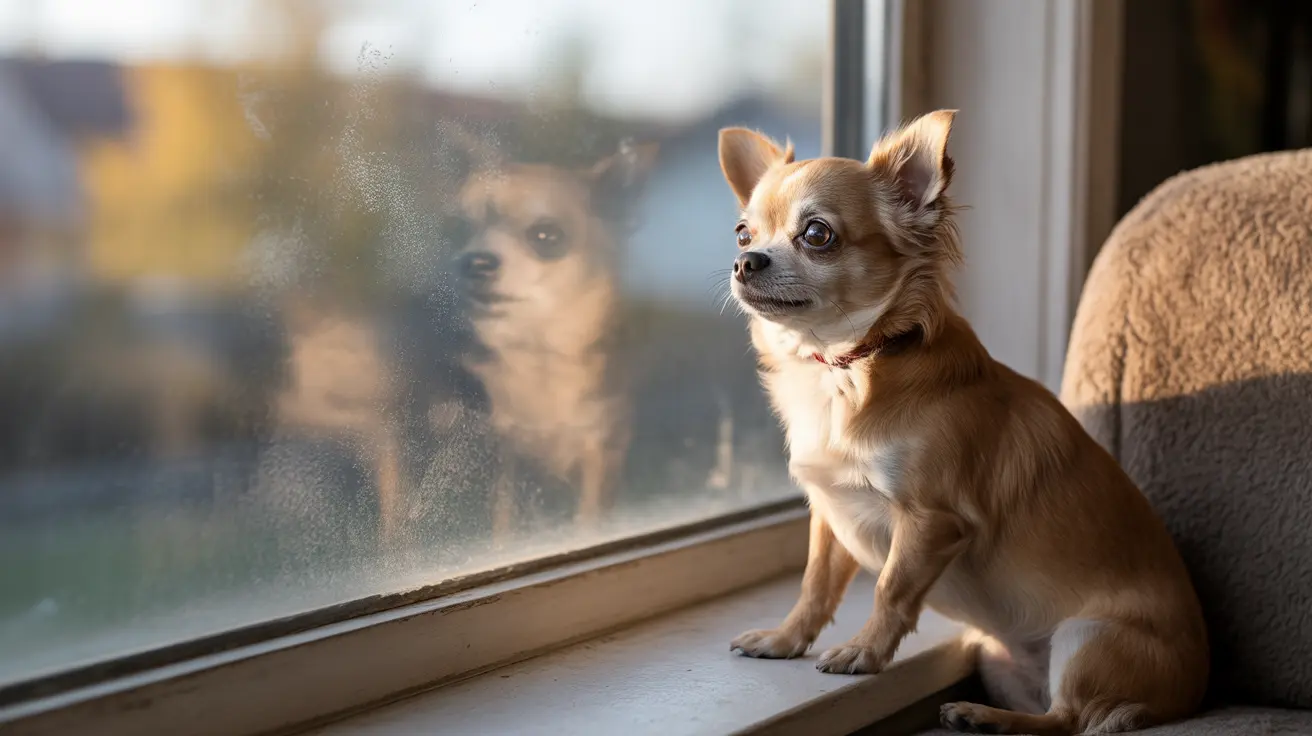Have you ever wondered how your dog seems to know exactly when it's dinner time or when you're due home from work? The fascinating reality is that dogs do have a sense of time, though it works quite differently from our human understanding of hours and minutes. Let's explore the remarkable ways our canine companions perceive and track time in their daily lives.
Through a combination of biological rhythms, sensory abilities, and learned behaviors, dogs have developed sophisticated ways to measure the passage of time. Their perception is less about clock-watching and more about understanding patterns, routines, and environmental changes that occur throughout the day.
The Science Behind Canine Time Perception
Dogs possess an internal biological clock, known as their circadian rhythm, which helps regulate their daily activities and bodily functions. Unlike humans who typically sleep once per day, dogs are polyphasic sleepers, taking multiple short naps while maintaining a primary sleep period at night.
Research has shown that dogs actually process visual information about 25% faster than humans do, which may influence how they experience the passage of time. This heightened processing speed could mean that what feels like a short period to us might feel significantly longer to our furry friends.
The Power of Scent in Tracking Time
One of the most remarkable ways dogs track time is through their extraordinary sense of smell. As documented in Alexandra Horowitz's research, dogs can actually detect the gradual dissipation of scents throughout the day. When you leave home, your scent slowly fades, creating what scientists call an "olfactory timeline" that helps your dog anticipate your return.
This scent-based time tracking is so precise that dogs can often distinguish between longer and shorter absences based on how much their owner's scent has diminished. It's one reason why your dog might react differently when you've been gone for five minutes versus five hours.
Routine and Pattern Recognition
Dogs excel at recognizing and remembering patterns in their daily lives. They form strong associative memories that help them anticipate regular events, such as walks, meals, or when family members typically return home. These patterns become deeply ingrained in their daily expectations.
Even subtle cues like the sound of car keys or the sight of walking shoes can trigger their time-based anticipation. This ability to link specific actions with subsequent events helps them create a framework for understanding the passage of time.
Signs Your Dog is Tracking Time
Dogs often display clear behaviors that indicate they're anticipating routine events. These might include waiting by the door before their usual walk time, becoming more active as dinner time approaches, or showing excitement when it's nearly time for family members to return home.
Changes in routine can be particularly telling – if you're late for their regular walk or meal, many dogs will display signs of restlessness or anxiety, demonstrating their awareness that an expected event hasn't occurred at the usual time.
Frequently Asked Questions
How do dogs tell time if they can't read clocks or understand hours?
Dogs rely on their internal biological clock, environmental cues, and the gradual change in scent patterns throughout the day. They don't understand clock time, but rather track time through these natural indicators and learned routines.
Why does my dog seem to know when it's time for meals or walks?
Dogs develop strong associations between daily events and environmental cues. They combine these with their internal biological clock to anticipate regular activities. Consistent routines help strengthen these associations.
Can dogs sense how much time has passed when their owners are gone?
Yes, dogs can sense time passing primarily through their sense of smell. They track the gradual fading of their owner's scent and combine this with other environmental changes to gauge how long they've been alone.
How does a dog's sense of smell help them track time and routine?
Dogs can detect the declining strength of scents over time, creating what researchers call an "olfactory timeline." This allows them to track how long it's been since their owner left and anticipate their return.
What are the signs that my dog is tracking time or expecting something based on routine?
Common signs include waiting by doors or windows at specific times, increased activity before regular meal times, restlessness when routines are disrupted, and excitement when approaching typical times for walks or owner returns.
Understanding how dogs perceive time can help us better appreciate their remarkable abilities and create more structured, comfortable environments for our beloved pets. While they may not think about time the way we do, their natural abilities to track and anticipate daily events are truly impressive.






